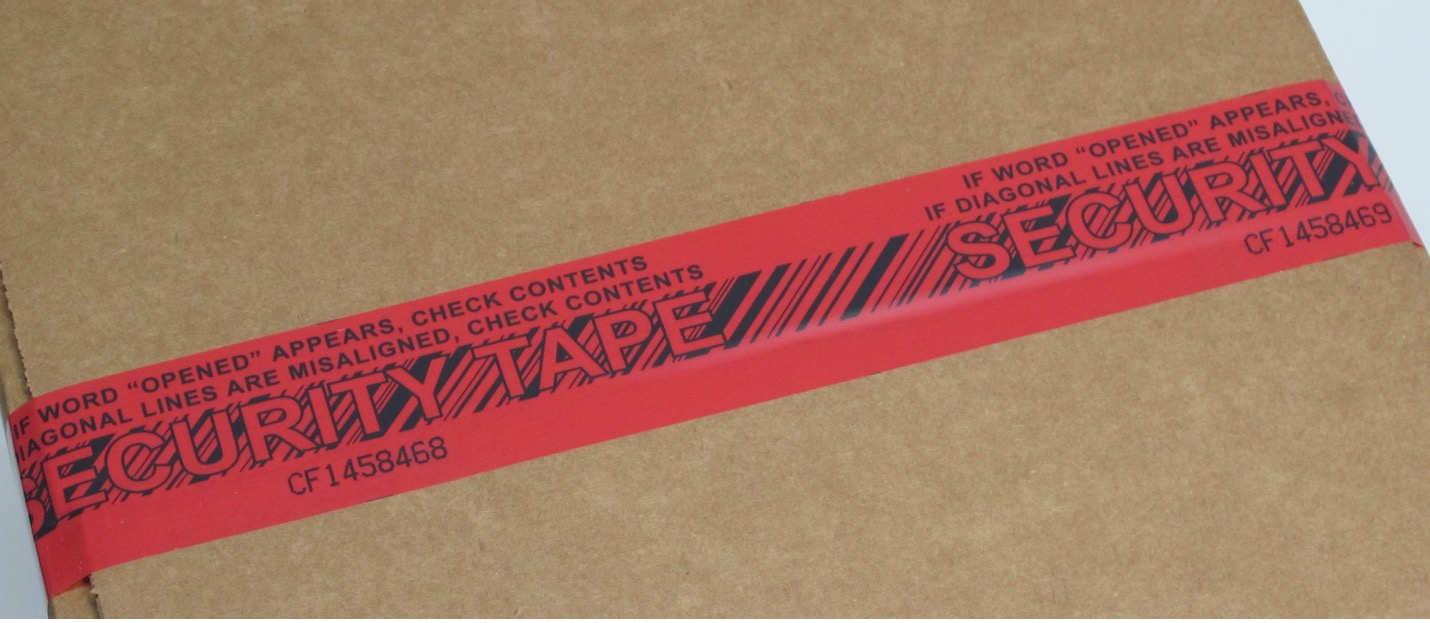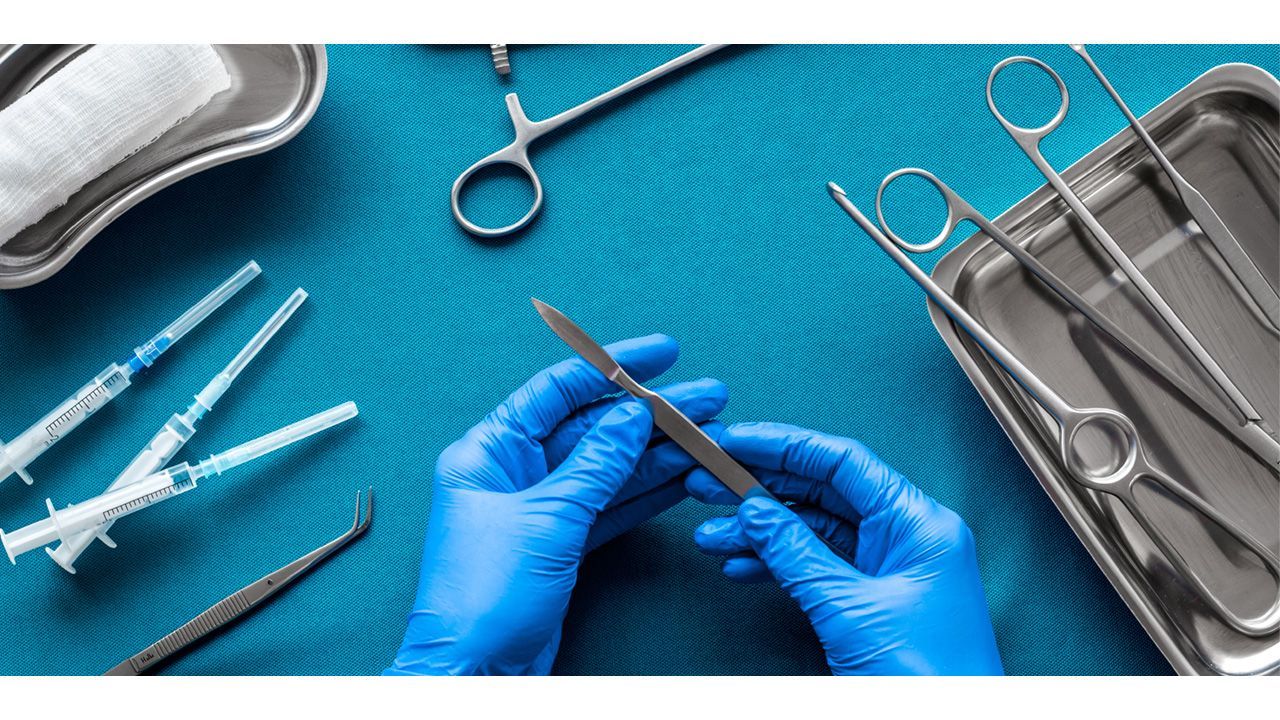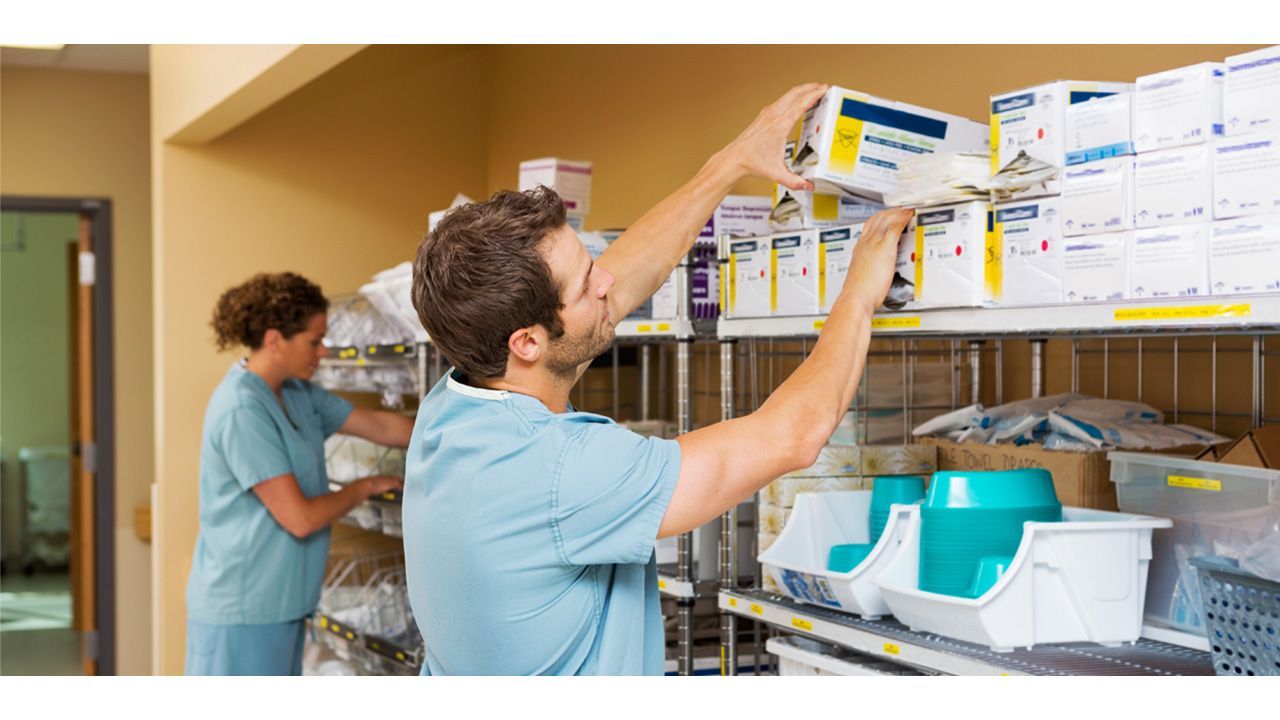In healthcare, sterilization is a cornerstone procedure, ensuring that medical instruments and equipment are free from any microorganisms that could potentially cause infections. This process is not just about eliminating bacteria and viruses; it's about safeguarding patient health and maintaining the trust that individuals place in medical institutions.
Central to the success of sterilization is the packaging that houses these medical tools. It acts as a barrier against contaminants and ensures that once an item is sterilized, it remains so until it's ready for use. The integrity of this packaging is paramount. If compromised, the very purpose of sterilization is defeated, putting patient health at risk.
The Need for Tamper-Evident Solutions
In an ideal world, once medical equipment is sterilized and packaged, it would remain untouched and pristine until its intended use. However, the reality is that these packages pass through multiple hands, are stored in various locations, and are exposed to a myriad of external factors. This journey from the sterilization chamber to the operating room or treatment area is fraught with opportunities for compromise.
Enter tamper-evident solutions. These are not just about preventing unauthorized access; they are about providing visible evidence if such access occurs. When a container's tamper-evident seal is intact, healthcare professionals can be confident in the sterility of its contents. Conversely, a broken or disturbed seal is a clear warning sign, indicating potential contamination.
The risks of compromised sterilization packaging are grave. At best, it can lead to delays as equipment is re-sterilized, and at worst, it can result in death or other complications for patients. In an environment where the stakes are life and health, the importance of tamper-evident solutions cannot be overstated.

The Importance of Authentication
While tools like tamper-evident tapes and plastic padlocks might not be impenetrable against unauthorized access, their true value lies in their ability to authenticate the integrity of a package. They signal whether a package has been tampered with or remains as it was post-sterilization.
Imagine receiving a vital piece of medical equipment for a critical procedure. The presence of an intact tamper-evident seal or a serialized plastic padlock provides immediate assurance. It communicates that the equipment inside has not been compromised since its sterilization, ensuring its safety for patient use. In essence, authentication tools bridge the trust gap, assuring healthcare professionals that what they're about to use is both safe and sterile.
Tamper-Evident Tapes: A First Line of Defense
Tamper-evident tapes are specialized adhesive strips designed to indicate if a package has been opened or tampered with. When applied to a sterilized package, they form a bond that, when broken, leaves clear evidence of tampering.

Features of a Tamper-Evident Tape:
-
Residue: One of the primary features of tamper-evident tapes is the residue they leave behind when tampered with. This residue acts as a clear indicator that the package has been accessed, making any tampering attempts immediately evident.
-
Serialization: Serialization provides each tape with a unique identifier, ensuring traceability and adding an extra layer of security. This feature is especially valuable for high-risk or high-value medical equipment, where tracking and authentication are paramount.
-
Customizability: The ability to customize tamper-evident tapes allows healthcare facilities to incorporate branding, specific messages, or other unique identifiers. This not only enhances security but also aids in content identification and branding.
In the grand scheme of sterilization, tamper-evident tapes might seem like a small component. However, their role is pivotal. They stand as the first line of defense, ensuring that the integrity of sterilized medical equipment is preserved until the moment of use.
Plastic Padlocks: Serialized Security
Plastic Padlocks have also emerged as a unique and innovative solution. These are not your typical padlocks; they are small, serialized, and specifically designed for single-use applications in the medical field. While they are easily removable, their strength lies in their ability to authenticate.
Each plastic padlock comes with a unique serial number, ensuring that once it's locked, any tampering becomes immediately evident. This serialization acts as a deterrent against unauthorized access and provides an additional layer of authentication. If the serial number matches the records and the lock is intact, one can be assured of the package's integrity.
In real-world scenarios, combining plastic padlocks with tamper-evident tapes offers a dual layer of security. While the tape provides the initial seal, the padlock adds an extra checkpoint, especially valuable for high-risk or high-value medical equipment. Together, they form a formidable duo, ensuring that sterilized equipment reaches its destination uncompromised.
Beyond Just Sealing: Additional Benefits
Tamper-evident solutions, while primarily designed to seal and authenticate, offer a range of additional benefits that might not be immediately evident.
One of the most significant advantages is aiding in content identification. In a busy medical environment, where time is often of the essence, being able to quickly identify the contents of a package can be crucial. Tamper-evident tapes and labels can be marked with essential information, ensuring that healthcare professionals can quickly discern the contents without compromising the package's integrity.
Moreover, these tapes and labels can serve as a medium for essential information. Whether it's expiration dates, sterilization dates, or specific handling instructions, a simple marker can be used to jot down vital data directly on the tape or label. This not only streamlines the process but ensures that all pertinent information is readily available at a glance.
Conclusion
By providing clear indicators of package integrity, tamper-evident solutions ensure that only sterile, uncompromised equipment comes into contact with patients.
But it's not just about the tools; it's about the message they convey. Every intact seal and serialized padlock communicate a commitment to patient safety and a dedication to maintaining the highest standards of care. In an era where medical advancements are making leaps and bounds, it's essential not to overlook the basics. Ensuring the sterility of medical equipment is a powerful yet fundamental element in medical safety.
Prioritize the use of quality tamper-evident and authentication solutions. Because in healthcare, it's not just about curing ailments; it's about preventing them in the first place.










